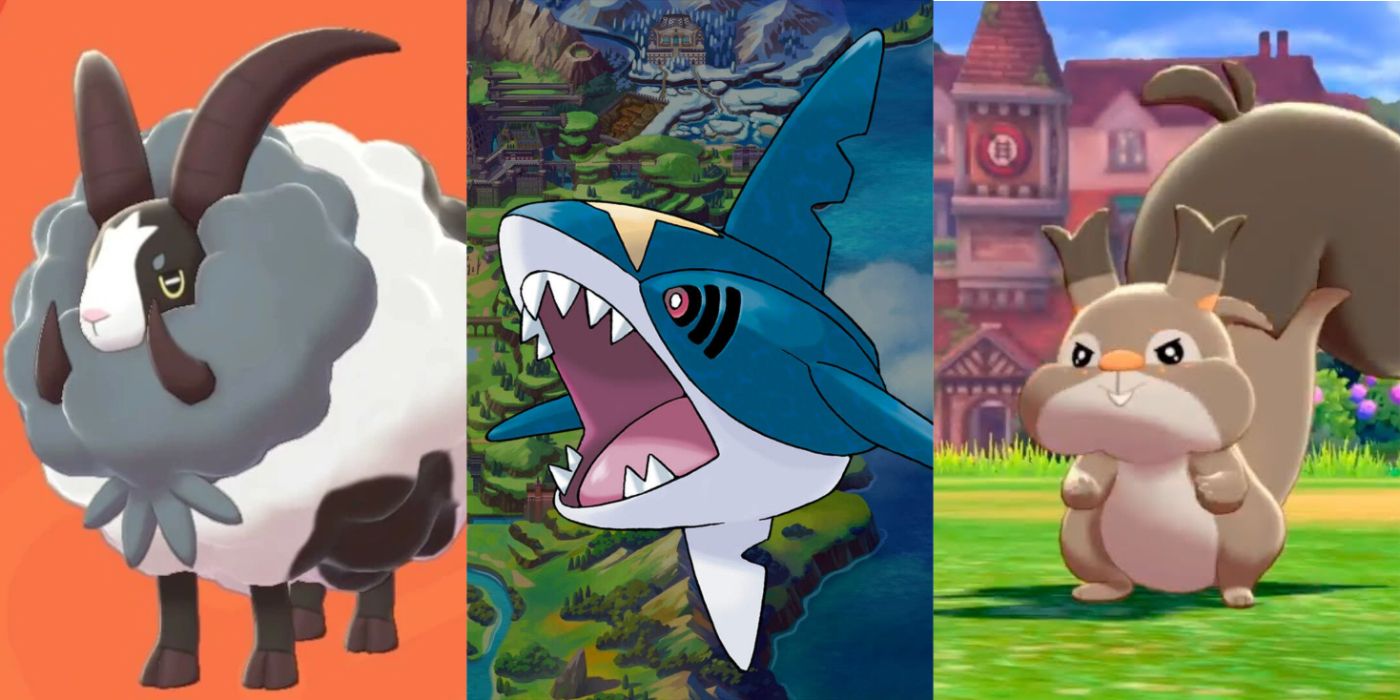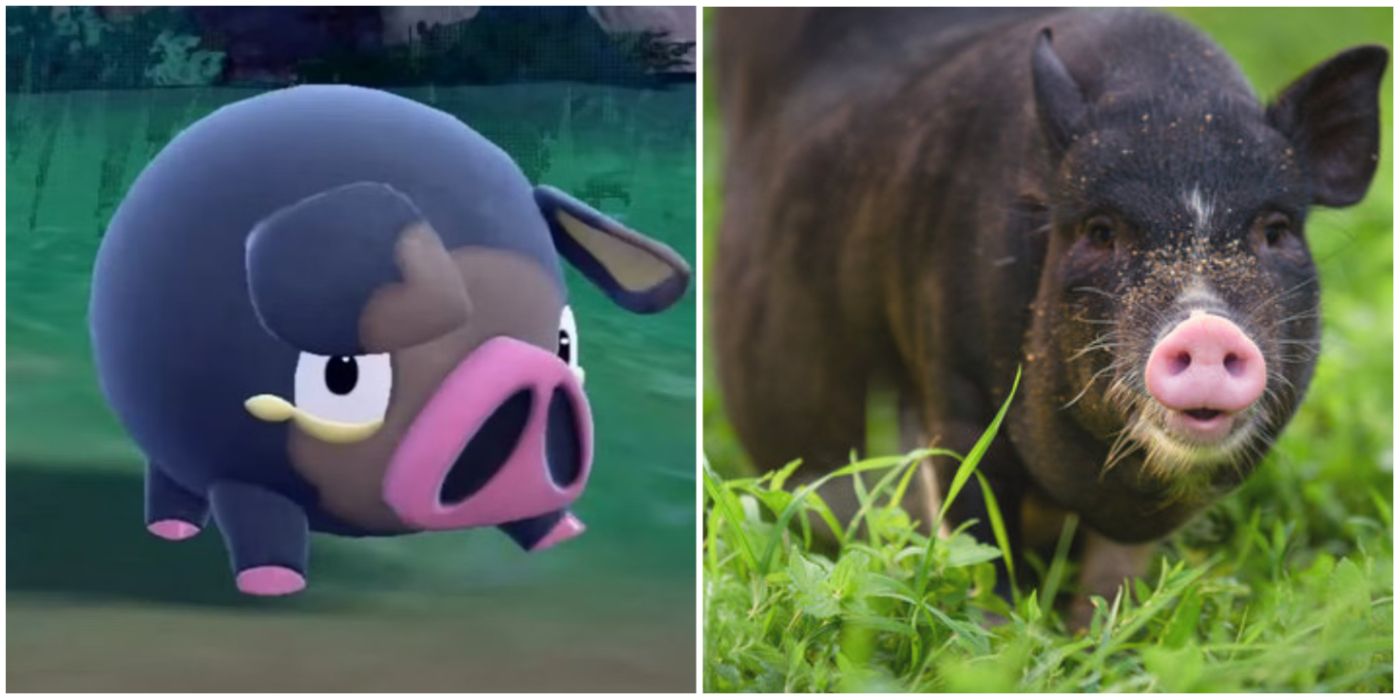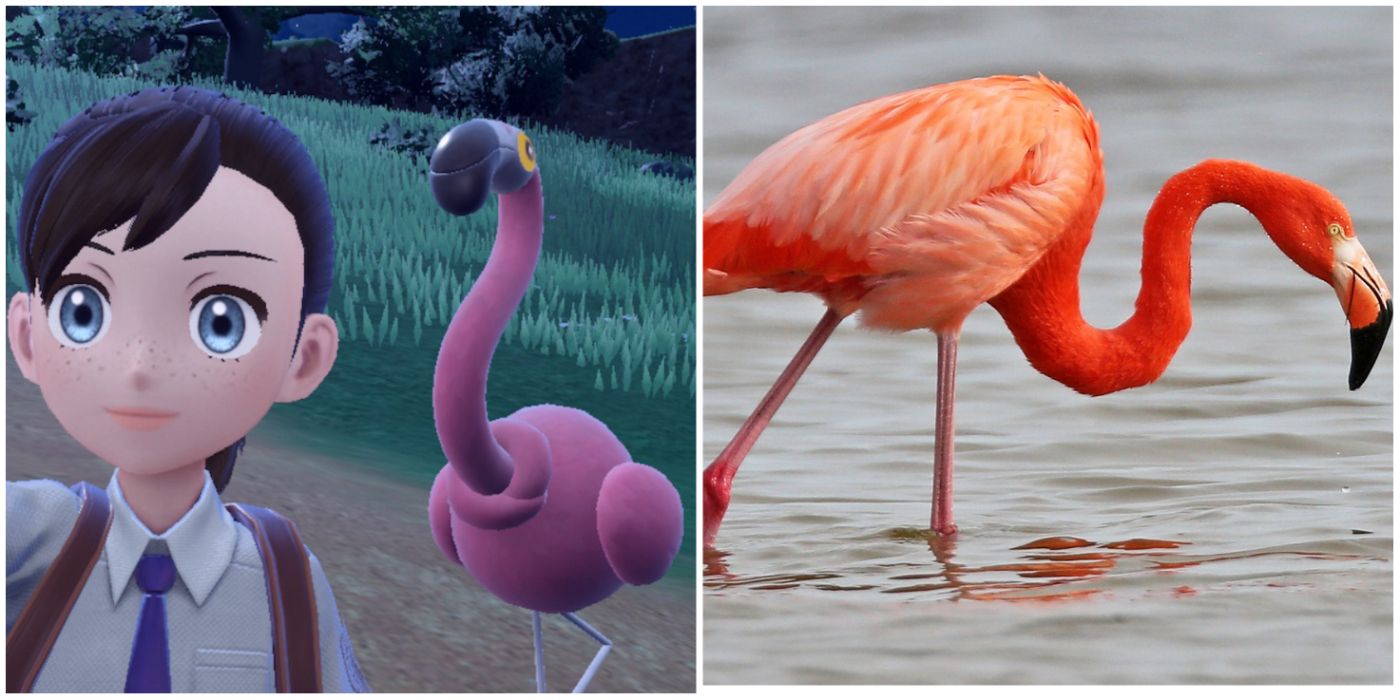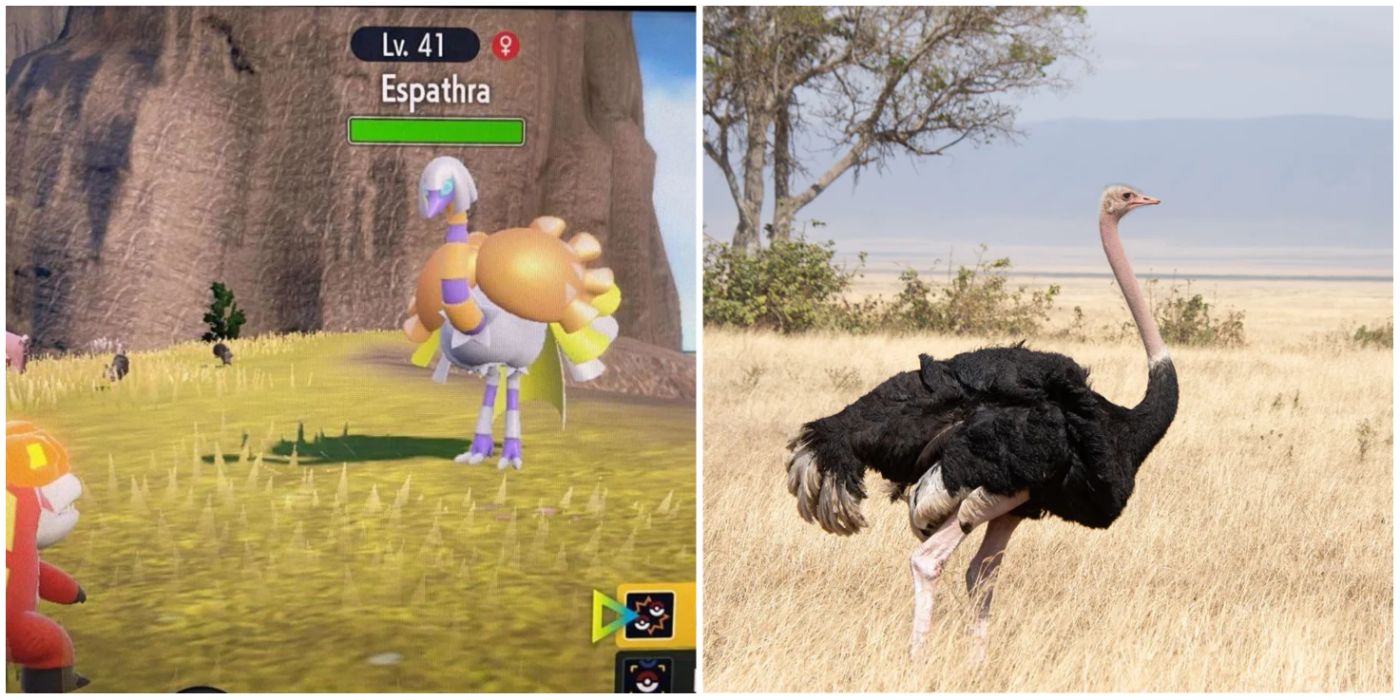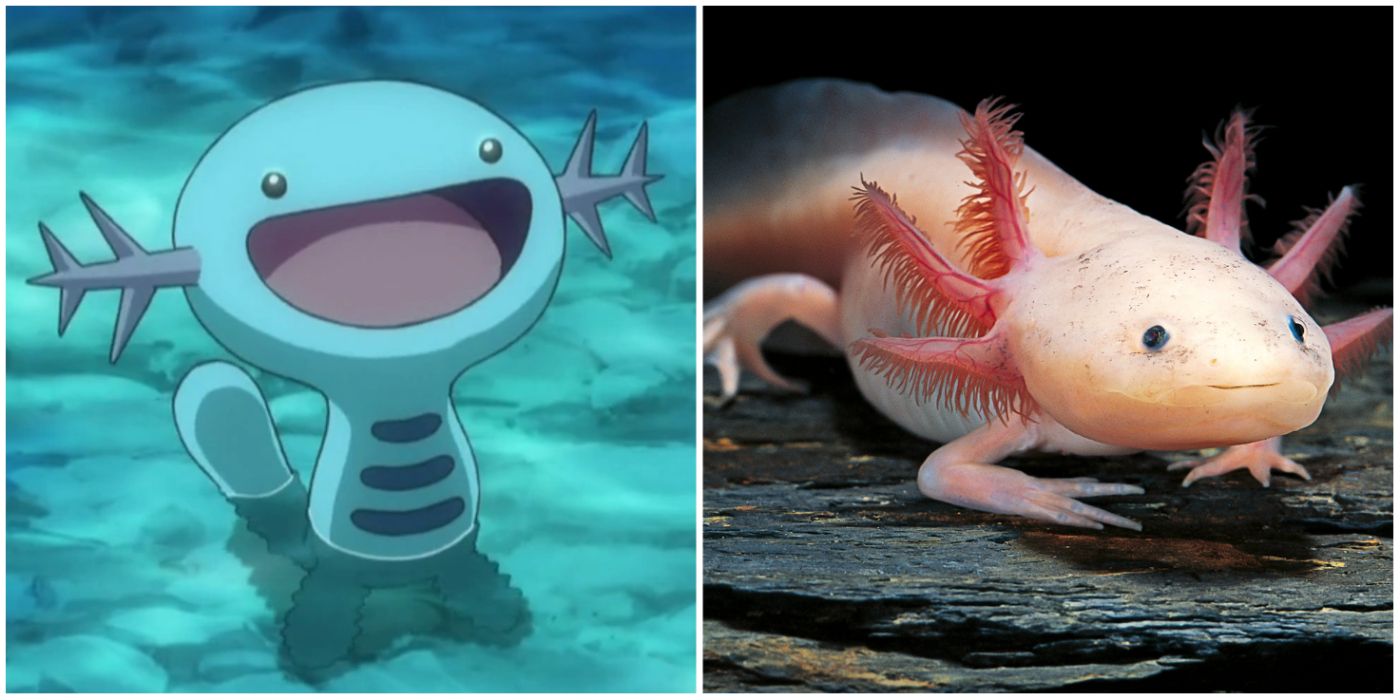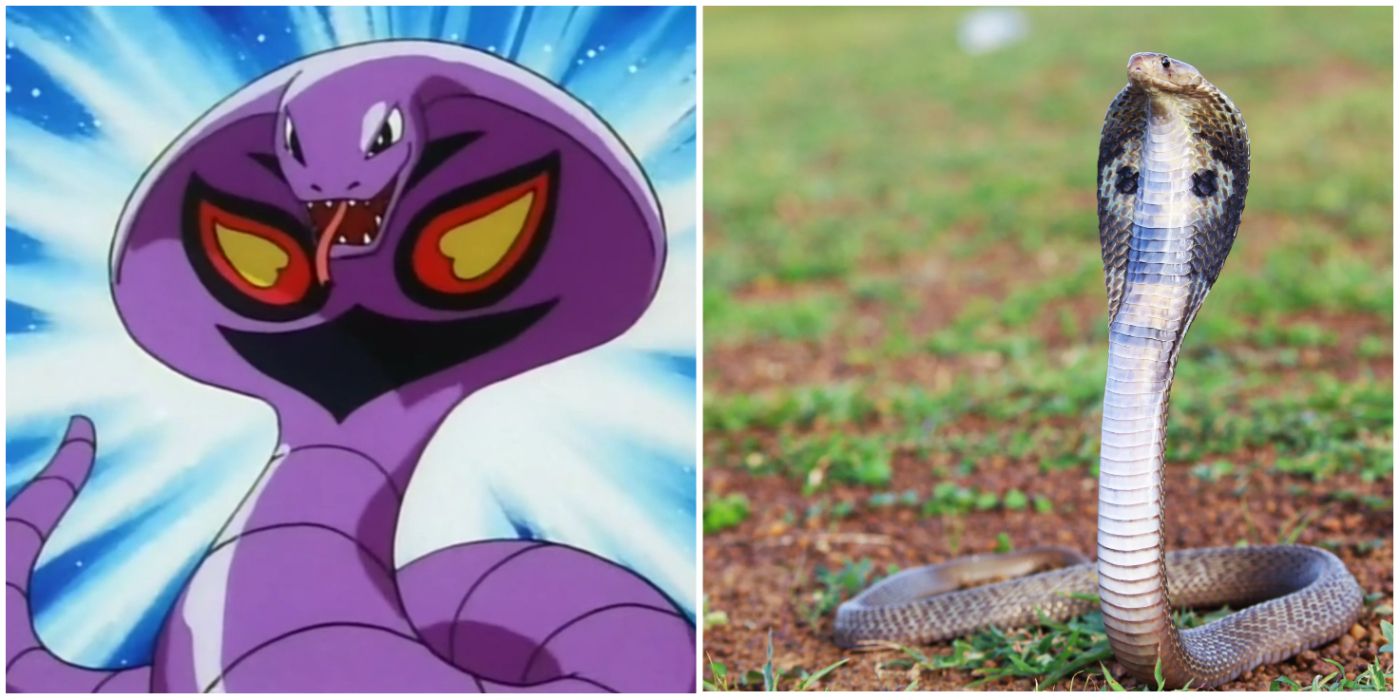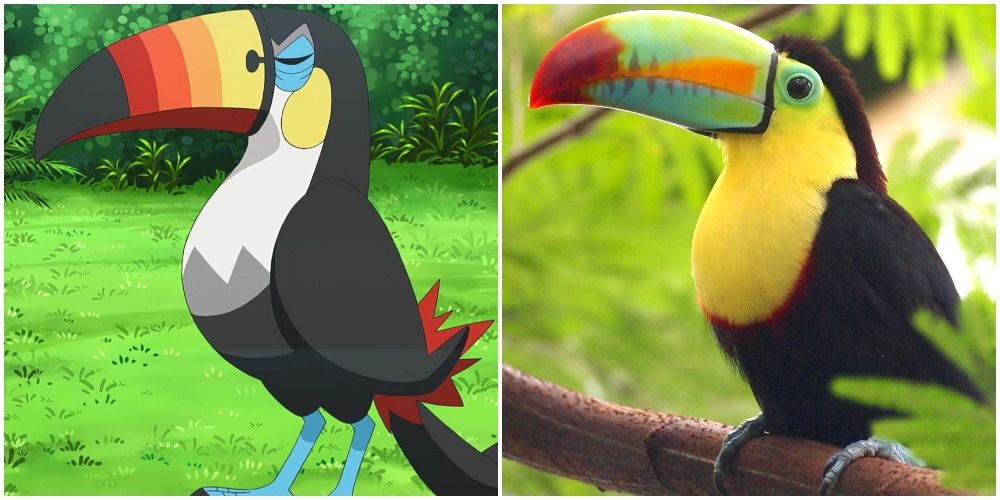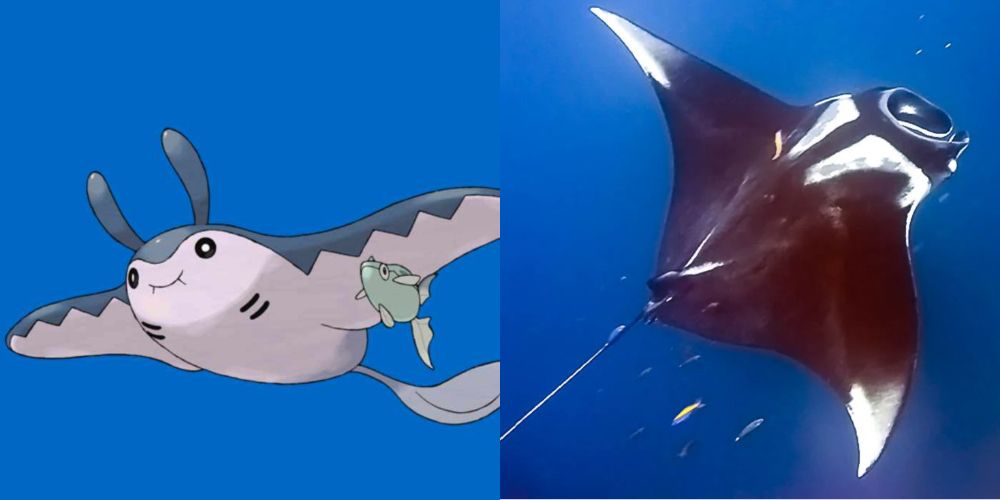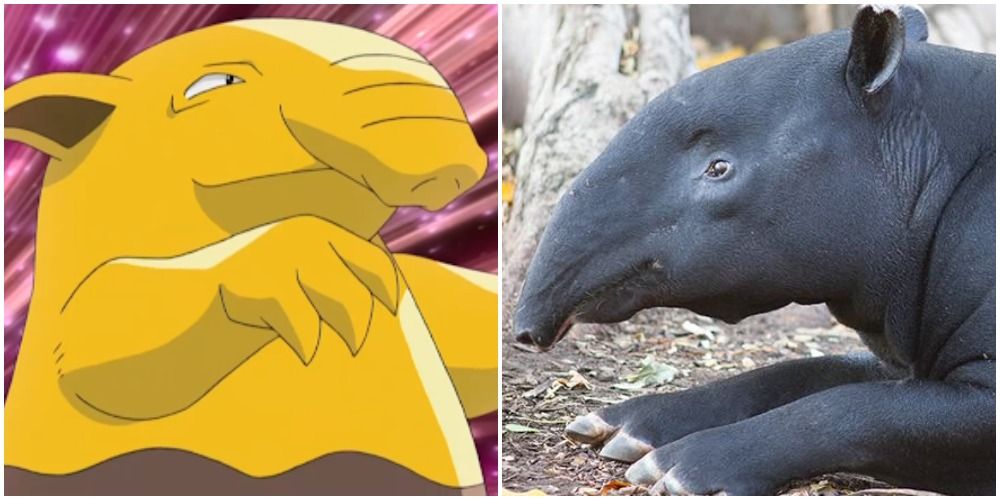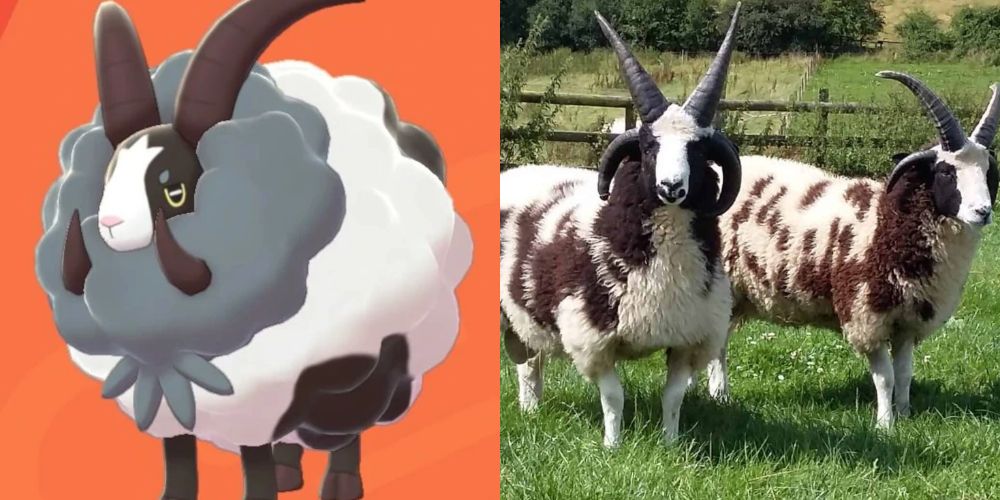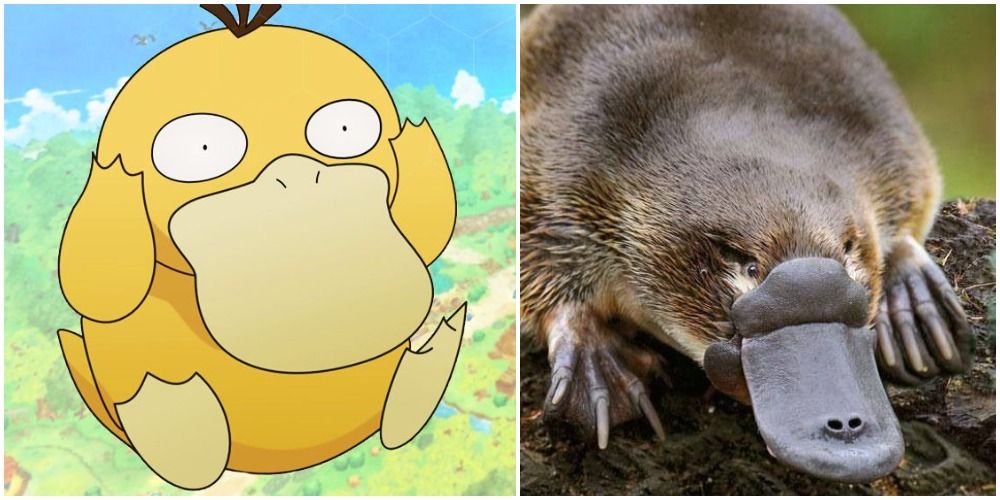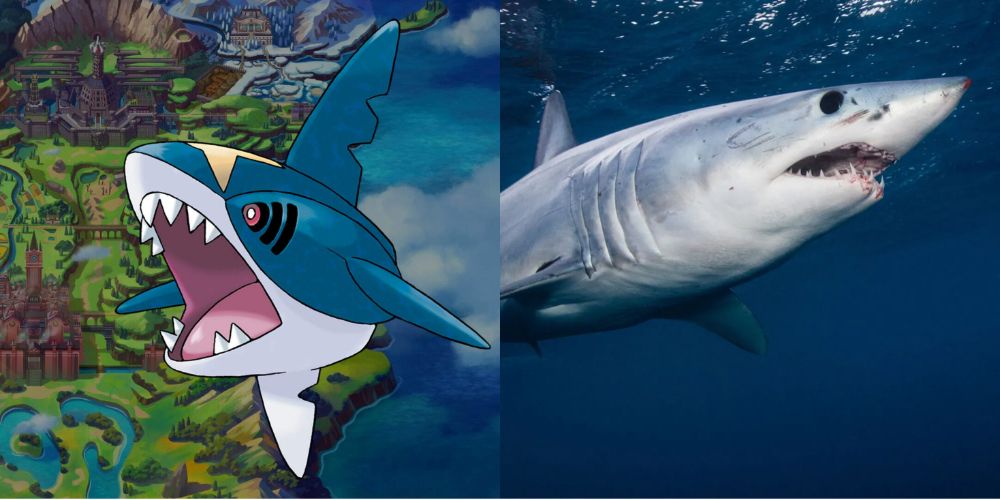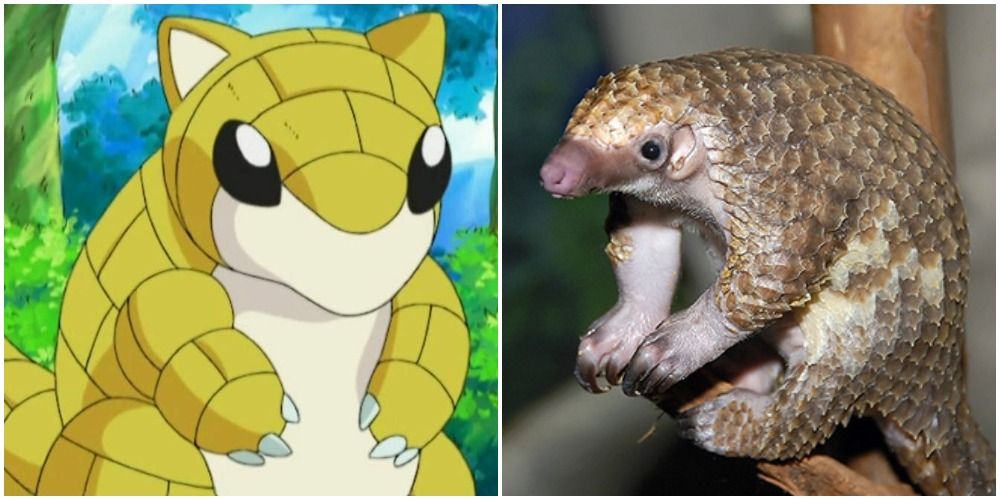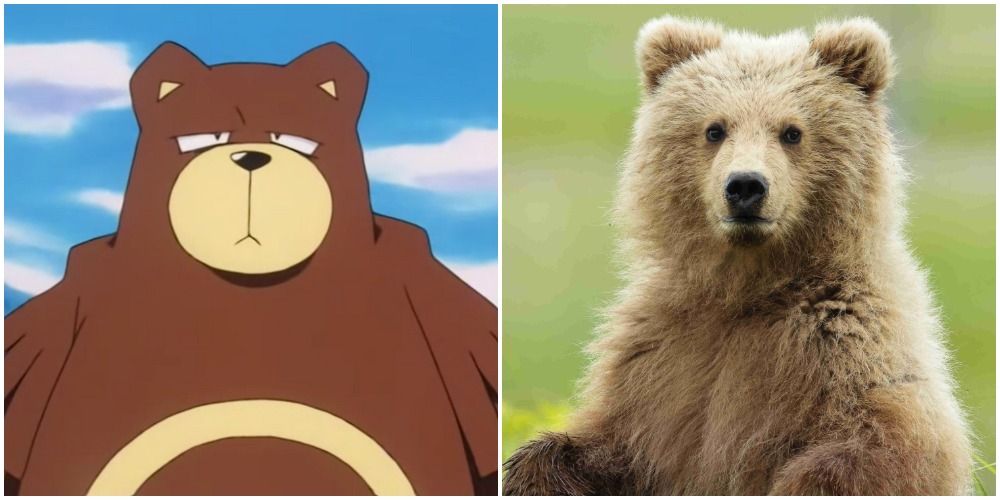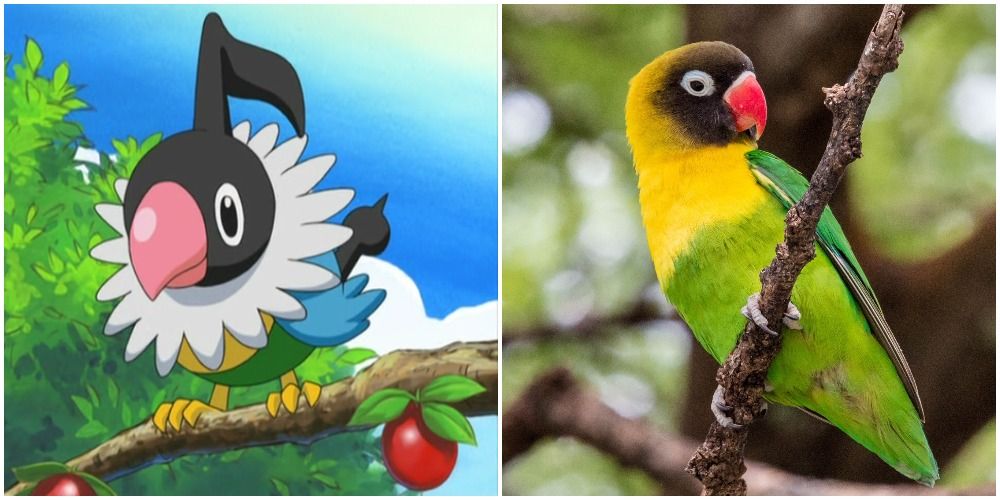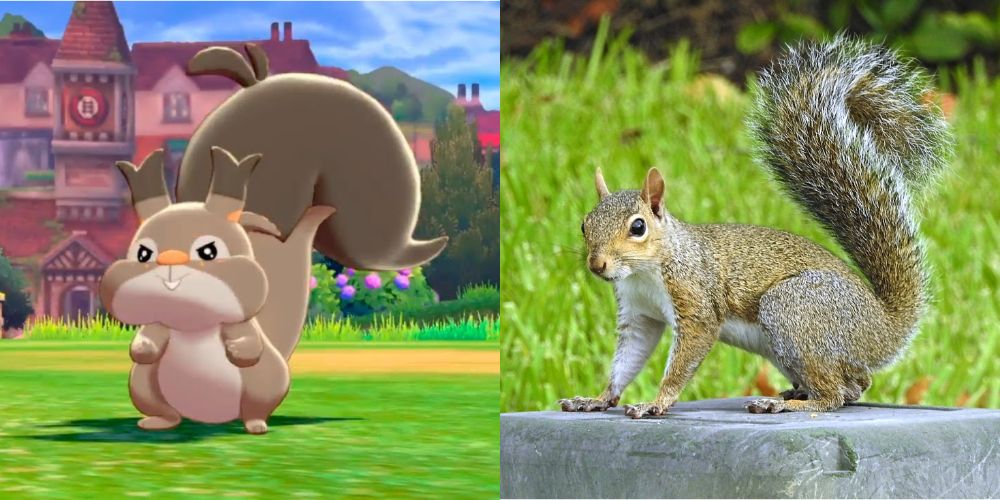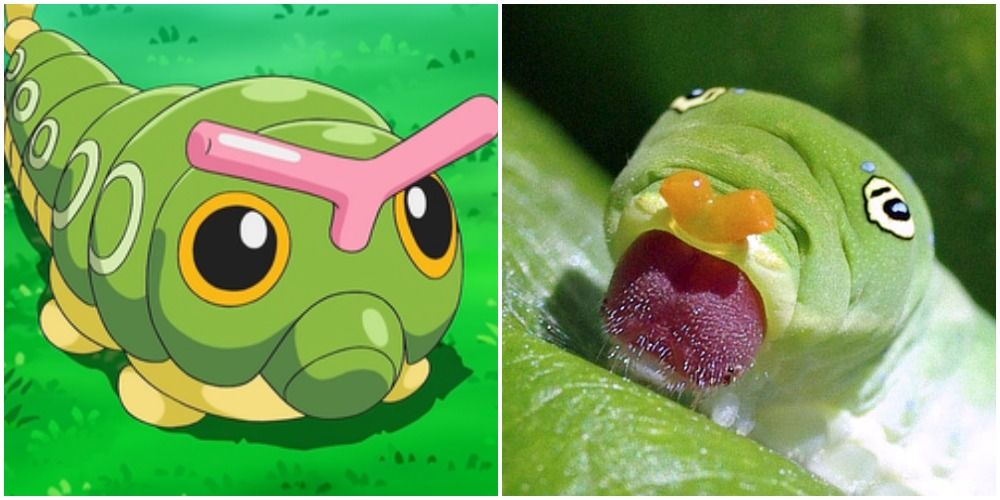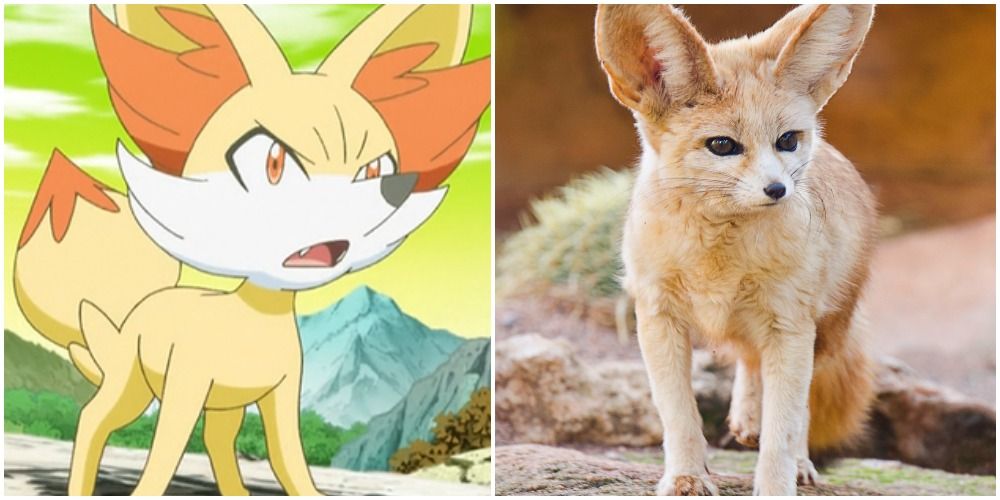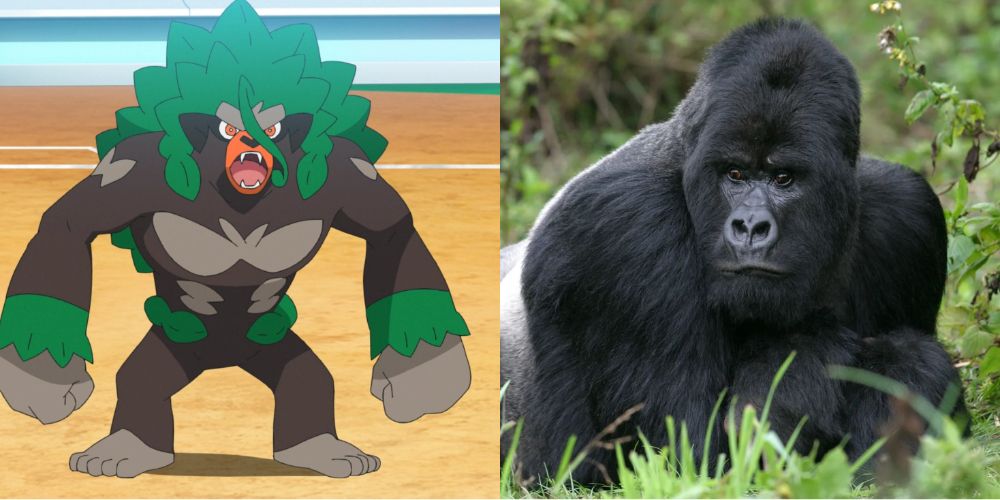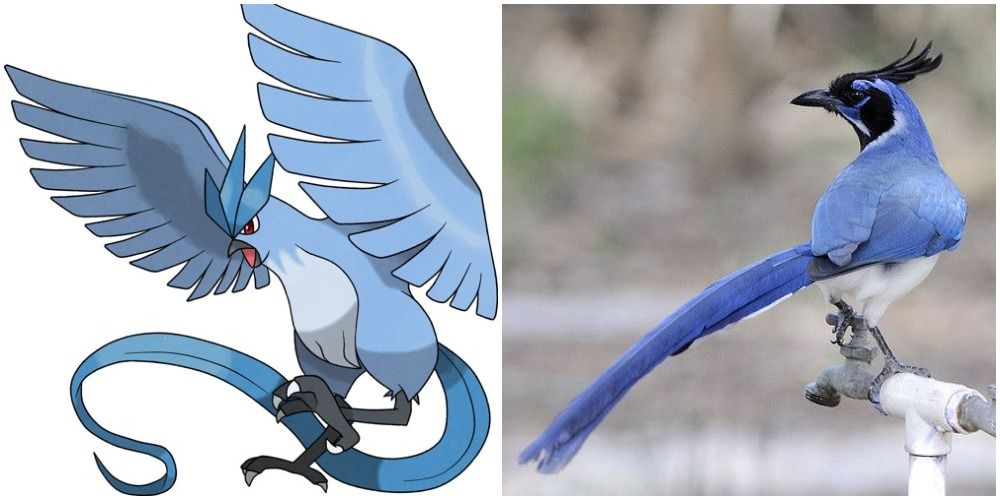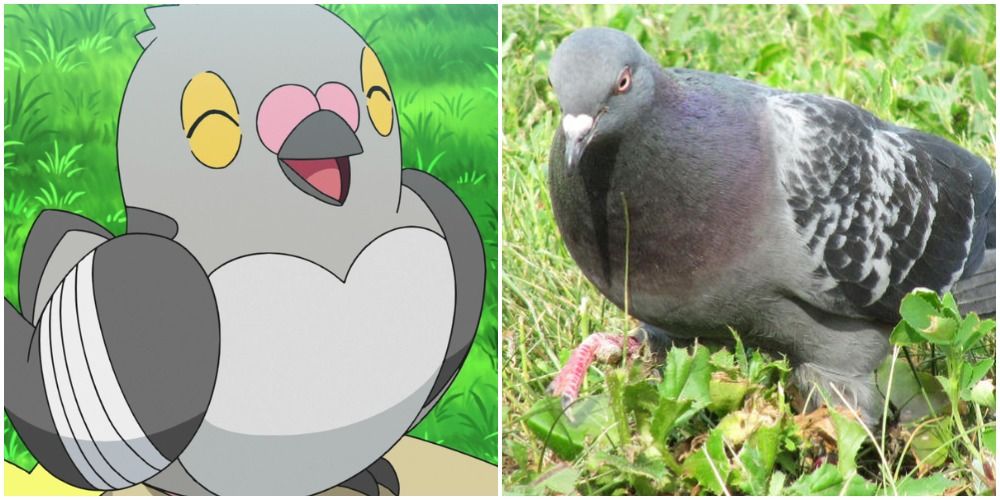For more than 20 years, the Pokémon franchise has introduced countless iconic Pokémon. While every generation has its ups and downs, the franchise has done a remarkable job creating memorable Pokémon during its long life. Considering there are currently over 1000 different types of Pokémon, some are inevitably more noteworthy than others.
The designs and origins of many Pokémon are influenced by mythology, resulting in impressively unique creatures. Many others, however, draw from real-world aspects, especially animals. Sometimes this results in a fun twist on a recognizable creature, but other times an animal-based Pokémon ends up looking just like its real-life counterpart.
Updated on December 5th, 2022 by George Voutiritsas: The Pokémon franchise has been around for just over 25 years, and it has become a billion-dollar franchise thanks to trading cards, a popular anime series, and its ever-increasing video game library. Pokémon Scarlet & Violet are the newest additions, and they have brought with them the ninth generation of Pokémon. Most of these Pokémon have unique designs, but like previous generations, several of them have clearly been inspired by real-life animals.
20 Lechonk Is A Loveable Swine
Lechonk is a great early-game Pokémon because it possesses a few decent attacks, and it can soak up a surprising amount of damage as time goes on. Lechonk's most striking features are its pink snout and the teardrop-like growths under its eyes.
With the exception of the teardrops, Lechonk looks a lot like a black swine. This type of pig was bred and domesticated in Britain, and like its Pokémon counterpart, the majority of its body is black. Like Lechonk, these pigs are docile and robust, and they are great foragers.
19 Flamigo May As Well Have Been Called Flamingo
Pokémon Scarlet & Violet introduced a new type of flying/fighting Pokémon called Flamigo, and like its name suggests, it is the spitting image of a flamingo. This Pokémon is mainly pink, and it possesses a round body with wings, thin legs, and a curved black beak.
All these traits are shared with the flamingo, which can be found in parts of Africa and South America. They are known for standing on one leg while the other is tucked beneath their body. They spend a great deal of time in or around water, and they are very capable flyers.
18 Espathra Is Basically A Colorful Ostrich
Pokémon Scarlet & Violet have introduced some well-designed Pokémon, and Espathra has a simple, yet colorful design which sets it apart from its real-life counterpart. This Psychic-type Pokémon looks like an ostrich, but it possesses colorful frills on its head and wings, which give it a regal appearance.
Ostriches are large flightless birds primarily found in Africa, and they are the heaviest birds in the world. Both Espathra and the ostrich have long and powerful legs, but Espathra can run at speeds greater than 120 mph, while an ostrich's top speed is around 70 mph.
17 Wooper Was Inspired By The Axolotl
Wooper was introduced in Pokémon's second generation, and it is an amphibious Water/Ground-type Pokémon that traditionally evolves into Quagsire. Compared to the rest of its body, Wooper's head is quite large, and branch-like gills protrude from it.
Wooper is basically an armless Axolotl, which also has external gills. They can only be found in specific lakes in the Valley of Mexico, and they are far more aquatic than other salamander species. Wooper may not be that intelligent, but it always seems to have a smile on its face, much like the Axolotl.
16 Arbok Is Literally A Cobra
Arbok was introduced in the first generation, and it had a fair bit of screen time in the anime because it was the main Pokémon used by Jesse of Team Rocket. This Poison-type serpent is based on the cobra, which is known for rearing up and flattening its neck.
All cobras use venom while hunting, but they can also shoot it out as a defense mechanism by aiming for another animal's eyes. Unlike the cobra, Arbok can crush an enemy by coiling around them, and its muscles are strong enough to flatten steel drums.
15 Toucannon Is Just A Toucan
Toucannon was first introduced in Pokémon Sun & Moon and is the final evolution of Pikipek. This bird Pokémon was also featured in the anime adaptation Pokémon: Sun & Moon in the episode "First Catch in Alola, Ketchum-Style!"
Pikipek, the Pokémon's first form, is based on a Woodpecker and looks nothing like a toucan. However, the creators clearly decided to model Toucannon after an adult toucan, barely even changing the name. Fortunately, real toucans can't fire seeds at high velocities or heat their beaks up to temperatures above 212 degrees.
14 Mantine References Symbiotic Relationships
Mantine, as its name suggests, is designed to resemble the manta ray, a massive and incredibly intelligent fish known for leaping out of the water and flying through the air.
To evolve from Mantyke, a Mantine must share the party with a Remoraid, which is incorporated into its evolved design. Remoraid is based on the remora, a type of fish that travels with larger animals and feeds on their parasites and dead skin.
13 Drowzee Is Based On A Story About Tapirs
The Psychic-type Pokémon Drowzee, first introduced in Pokémon Red & Blue, was actually based on a Malayan tapir. These mammals weigh up to 500 pounds and are most commonly found in Southeast Asia.
While there are many types of tapirs in both Southeast Asia and South America, the Malayan tapir shares Drowzee's two-toned color scheme. The tapir's mythological counterpart, the Baku, was said to eat bad dreams and is the origin of Drowzee's dream-based abilities.
12 Dubwool Is Only A Barely Exaggerated
While most sheep and goats have only a single pair of horns, several breeds have the double pairs that Dubwool also carries. These include the Scottish Hebridean sheep and the British Jacob sheep.
Like many animal Pokémon, Dubwool's enormous coat is clearly somewhat over-the-top. But real sheep can grow truly massive amounts of fleece. Real Jacob sheep often shed the fleece around their neck and shoulders in the spring, but Dubwool seems to prefer to keep its full coat for protection during Pokémon battles.
11 Psyduck Is As Mysterious As The Platypus
Pokémon fans have fallen in love with Psyduck's erratic behavior throughout the series. The fan-favorite Pokémon was even featured in the live-action Detective Pikachu movie. As it turns out, Psyduck's name is a bit misleading, as the Pokémon isn't actually a duck, nor was it inspired by one.
Psyduck's appearance was modeled after platypuses, which are nearly as enigmatic as Psyduck itself. Platypuses are one of the few mammals in the world that lays eggs. Like Psyduck, they spend most of their time in or around water as well, though they're notably less prone to debilitating headaches.
10 Sharpedo Is The Quintessential Shark
Some Pokémon based on animals don't need to be based on any specific species to be very clear in their inspiration. As implied by its name, Sharpedo is based on a shark, but not necessarily on any particular variety.
While there are over 400 species of sharks spread across eight different orders, the most iconic is the Lamniformes. Sharpedo looks like the head of a great white or mako shark swimming along by itself, making great use of these creatures' immediately recognizable silhouette.
9 Sandshrew Most Resemble The Sunda Pangolin
Pokémon fans have difficulty agreeing on what real-life animal served as the inspiration for Sandshrew, but the general consensus is that the Ground-type Pokémon was based on a Sunda pangolin. The Sunda pangolin, another mammal found in Southeast Asia, is characterized by its prominent claws, which it uses for digging like Sandshrew.
Fans have also theorized that Sandshrew is instead based on an armadillo, though the digging habits and general appearance of the Sunda pangolin bear a much closer resemblance. Pangolins, like Sandshrew, can even roll into a ball to protect themselves.
8 Ursaring Is A Brown Bear
Ursaring, the evolved form of Teddiursa, was first introduced in the second generation Pokémon games, Gold & Silver. While its Hisuian evolution, Ursaluna, makes it a bit more fantastical by adding a Ground-typing, Ursaring mostly just looks like a North American brown Bear.
Like brown bears, Ursarings are incredibly protective of their young, violently so if necessary. Ursaluna's ability to sniff out hidden treasure is a great reflection of the brown bear's incredible sense of smell. A brown bear's sense of smell is 2,100 times better than that of a human and seven times better than that of a bloodhound.
7 Chatot Is More Powerful Than A Real Yellow Collared Lovebird
Chatot is a Flying-type Pokémon able to mimic human speech. First introduced in the fourth generation Pokémon games, Chatot also made several appearances in the anime. Though Chatot has a unique physical appearance based on a musical note, the avian Pokémon was heavily inspired by the yellow-collared lovebird.
The similarities in their coloring are perhaps the most easily identifiable commonality between the two. While lovebirds can't produce explosive sound waves in the same way that Chatot can, they are known for making a sharp, chattering call.
6 Skwovet Is More Normal-Looking Than Its Evolution
While the whole Skwovet line is somewhat cartoonish, Greedent really pushes beyond the realm of reality into full-on stylized. Skwovet itself, however, closely resembles a rather mundane grey squirrel. While these creatures are native to North America, they are a highly invasive species in the UK, where Galar is based on.
Skwovet's shiny form is more red than grey, potentially a reference to the red squirrels native to Europe and Asia. Shiny Pokémon are quite rare, suggesting that Galar's red squirrels are losing the competition with the gray ones.
5 Caterpie Is An Eastern Tiger Swallowtail, Right Down To The Horn
Caterpie is one of the most memorable Pokémon in the franchise, as it's one of the first creatures players can catch in Pokémon Red & Blue. Caterpie also plays a big part in the first season of the Pokémon anime adaptation.
Since Caterpie is literally a caterpillar in both name and appearance, it's no surprise that it was based on a real-life insect. Caterpie was actually based on a specific type of caterpillar found in North America, called the Eastern tiger swallowtail. Between the large eyes and protruding "horn," the resemblance is undeniable.
4 Fennekin Vents Heat From Its Ears Like A Fennec Fox
Fennekin is an adorable Fire-type Pokémon first introduced in the Pokémon X & Y video games. Its name, Fennekin, is a dead giveaway to the animal it's clearly based on, the fennec fox.
Just as adorable as their Pokémon counterparts, fennec foxes are native to the Sahara Desert, which undoubtedly inspired Fennekin's fire-based abilities. Both creatures have distinctly large ears, which also loosely share a similar function. Fennec foxes use their ears to keep cool in the desert, and Fennekins use theirs to vent hot air.
3 Rillaboom Is An Overgrown Gorilla
The final evolution of Generation VIII's Grass-type starter Grookey, Rillaboom is very obviously modeled after a gorilla. Like all the Gen VIII starters, it also has some anthropomorphic features with its love of playing drums, but its animal influence is hard to ignore.
Gorillas famously drum on their chests to communicate status, so spinning that idea into more musical drumming is a fun choice. Rillaboom's name also references its origin, and its Japanese name "Gorirander" combines the word gorilla with the Japanese word randa, meaning battering.
2 Articuno Is A Black-Throated Magpie Jay, Though Much Less Common
Articuno is one of the three legendary bird Pokémon first introduced in Pokémon Red & Blue. Articuno's appearance was seemingly based on a black-throated magpie jay. This long-tailed bird is native to Northern Mexico and has feathers on its head that closely resemble Articuno.
Fortunately, the magpie jay is much more common than the legendary Articuno. Articuno's Galarian form is harder to pin down, as it draws more inspiration from masquerade fashion than it does from real life.
1 Pidove Is A Nothing But A Pidgeon
Perhaps one of the most obvious "real animal" Pokémon is Pidove. Not only is its name a giveaway of the bird that inspired it, but its appearance is almost identical to a pigeon. Pidove was first introduced in the fifth generation of Pokemon games, Black & White.
Since the Gen V games took place in a region inspired by the United States, specifically New York City, it makes sense that they'd introduce a regional bird based on a species that can be commonly spotted in urban areas. Pidove quickly becomes more pheasant-like as it evolves, but its base form is pure pigeon.

